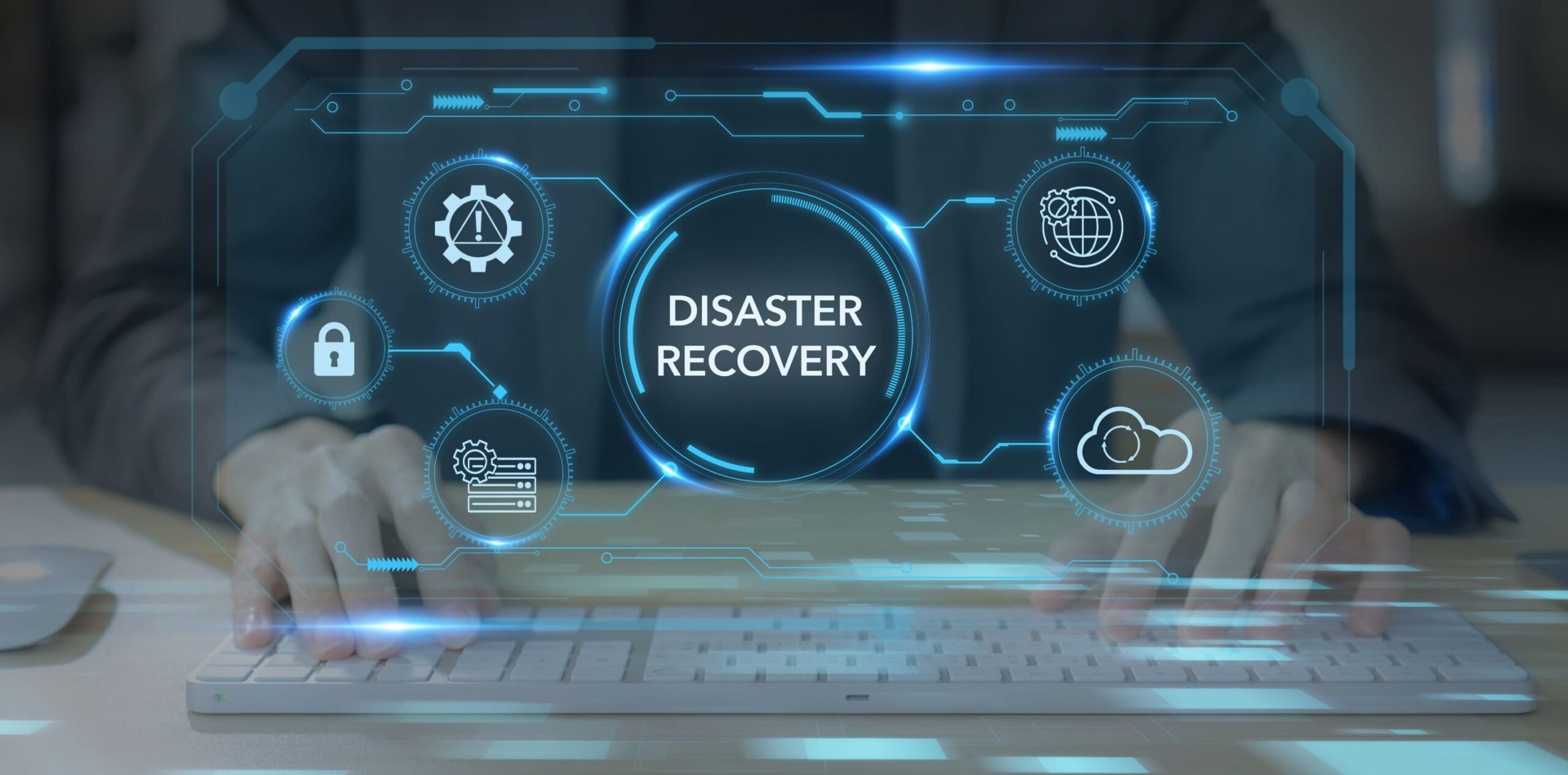Essential Cyber Security Measures: Native Backup and Recovery Guide
Essential Cyber Security Measures: Native Backup and Recovery Guide
Today, where data is a critical asset for businesses, securing information has become paramount. With increasing cyber threats and system failures, companies face high risks of data loss, breaches, and system interruptions. This situation is especially significant as more businesses adopt cloud-based infrastructure, making the need for robust backup and recovery mechanisms essential. Properly implemented native backup and recovery measures ensure that data remains safe, accessible, and recoverable even during an attack or technical failure.
This guide highlights essential security measures in native backup and recovery, focusing on best practices to secure business data.
Understanding Native Backup and Recovery
Native backup and recovery refer to data protection solutions built into cloud infrastructure or a company’s existing IT ecosystem. Unlike traditional backups, which often involve external servers or third-party storage devices, native solutions integrate directly within a company’s infrastructure, offering advantages like faster recovery times, improved data loss prevention, and improved security. This close integration also reduces the complexities of relying on multiple vendors, streamlining data management processes and enhancing cybersecurity.
Furthermore, native backup and recovery systems are essential for organizations that operate primarily in digital environments, particularly those with hybrid or multi-cloud setups. These solutions enable companies to back up data in real time, store information within the cloud itself, and retrieve it instantly as needed.
Aside from protecting data from breaches and data backup, native backup and recovery systems aid in regulatory compliance, business continuity, and customer trust. Many organizations are turning to specialized solutions to optimize security and ensure seamless recovery. For instance, investing in systems specializing in cloud native backup and recovery can be an excellent idea, as they integrate deeply with cloud systems to provide seamless and scalable data protection.
The Role of Cloud Native Backup in Cybersecurity
With cybersecurity threats becoming more sophisticated, businesses must adopt data security strategies responsive to emerging risks. Cloud-native backup and recovery systems bolster cybersecurity by providing enhanced protection through rapid data restoration, limiting the impact of attacks or technical malfunctions.
Unlike traditional on-premises backups, cloud-native solutions benefit from cloud providers’ inherent security features, such as:
- Data Encryption: Cloud providers employ end-to-end encryption to protect data both in transit and at rest. This ensures that the data remains unreadable to unauthorized users even if a breach occurs.
- Automated Backups and Snapshots: Regular backups can help reduce the risk of data loss. Cloud-native backup systems can automate backup schedules, creating multiple snapshots across different points in time.
- Multi-Factor Authentication (MFA): This adds an extra layer of security by ensuring that only authorized personnel can access sensitive data.
With these features, businesses can protect their sensitive data and other digital assets more effectively.
Key Cybersecurity Measures in Native Backup and Recovery
Establishing a native backup and recovery strategy involves implementing various cybersecurity measures aligning with industry standards and specific organizational needs. Here are some key considerations:
Implementing Zero-Trust Architecture
A zero-trust security model requires all users and devices are verified before accessing the network or data, regardless of whether they are inside or outside the organization’s perimeter. By deploying zero-trust principles in backup and recovery systems, companies limit access strictly to verified personnel, minimizing insider threats and accidental leaks.
This model is particularly effective in native backup and recovery systems, where controlling access to backups is crucial. Zero-trust architectures monitor access in real-time, issuing alerts for any unusual behavior or unauthorized attempts to modify or access backed-up data.
Encryption and Secure Data Transfer
Data encryption is a fundamental component of any cybersecurity strategy. When backing up data, encryption ensures that information remains unreadable to unauthorized parties during transfer and stored in backup locations. Implementing robust encryption standards enhances the cloud security of backup files.
Furthermore, secure data transfer protocols, like HTTPS and SSL/TLS, can help prevent interception during data transfer to backup systems. This measure is especially important in cloud environments, where data must frequently move across various points within the infrastructure.
Regular Security Audits and Vulnerability Assessments
Regular security audits are essential in detecting vulnerabilities within the backup and recovery system. Audits reveal weaknesses in the infrastructure, such as outdated software, unpatched security flaws, and ineffective access controls. Conducting these assessments routinely can help address potential security gaps before cybercriminals exploit them.
In addition to audits, vulnerability assessments identify and resolve specific risks within the system. By simulating potential cyber attacks, companies can determine how their backup and recovery systems hold up under different threat scenarios and make necessary improvements.
Automating Backup and Recovery Processes
Automation is a critical asset in cloud-native backup and recovery, providing a more reliable means to back up data and retrieve it in the event of a disaster. By automating backup processes, companies can reduce human error and ensure that data is consistently backed up according to established schedules. Automated processes also offer faster recovery times, which are crucial in mitigating downtime during cyber incidents.
Role-Based Access Control (RBAC) Implementation
Role-Based Access Control (RBAC) restricts access to sensitive data based on user roles, ensuring that only specific personnel can view, edit, or retrieve backup files. With RBAC in place, companies can segment data access according to departments, roles, or levels of seniority, minimizing the risk of insider threats or accidental data exposure.
For instance, a native backup and recovery system configured with RBAC will allow IT administrators to access and manage backups while restricting the same privileges from other departments. This hierarchical access structure limits potential damage if user credentials are compromised.
Conclusion
Implementing native backup and disaster recovery systems is foundational in establishing a robust cybersecurity framework. By keeping the information mentioned above in mind, organizations can enhance data security, streamline backup processes, and protect sensitive information from cyber threats. With a strong backup and recovery strategy, companies can ensure data integrity, maintain compliance, and reinforce customer trust in an era where data security is paramount. 







